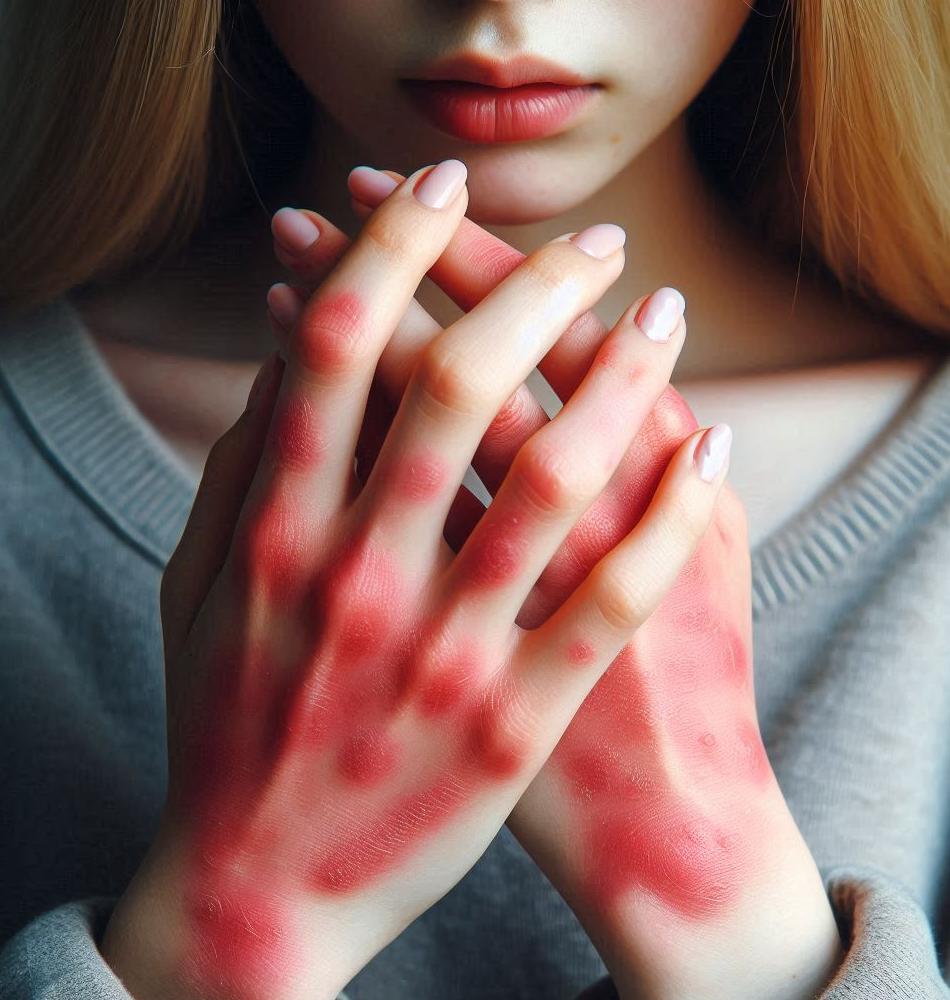Allergic contact dermatitis can be a frustrating and uncomfortable condition. People who suffer from this skin issue often find themselves itching and scratching to no end, hoping for relief. But how long does it take for allergic contact dermatitis to go away? In this article, we'll explore the timeline of healing, common triggers, ways to manage symptoms, and much more. So, let’s dive in and uncover the mysteries of this widespread ailment.
What is Allergic Contact Dermatitis? 🌱
Allergic contact dermatitis is a type of skin inflammation that occurs when the skin encounters a substance that triggers an allergic reaction. Unlike irritant contact dermatitis, which results from direct damage to the skin, allergic contact dermatitis stems from an immune response. When the skin is exposed to an allergen, the immune system reacts, leading to a variety of uncomfortable symptoms.
How Long Does it Take For Allergic Contact Dermatitis to Go Away? ⏳
The healing time for allergic contact dermatitis can vary based on several factors including the individual’s sensitivity to the allergen and the extent of the exposure. Typically, it can take anywhere from a few days to several weeks for the symptoms to resolve completely. However, it is essential to remember that healing time may vary from person to person.
Factors Influencing Healing Time 🧬
Several factors can influence how long allergic contact dermatitis takes to heal:
1. Severity of the Reaction
People with more severe reactions may experience a longer healing timeline. Mild reactions might clear up in a few days while severe cases could take weeks.
2. Exposure Duration
Repeated or prolonged exposure to the allergen can significantly lengthen the healing process. Immediately eliminating contact with the allergen is crucial for faster recovery.
3. Treatment Measures
Using the right medications and treatments can hasten the healing process. Over-the-counter creams and prescription medications may speed recovery.
4. Individual Health Conditions
Underlying health issues, such as autoimmune disorders, can impact how quickly the immune system responds and, in turn, can affect healing time.
Common Symptoms of Allergic Contact Dermatitis 🩺
The symptoms of allergic contact dermatitis may appear within hours or days after exposure to an allergen. The main symptoms include:
- Redness and inflammation of the skin- Itching or burning sensations- Dry, flaky, or scaly skin- Blisters or weeping sores in severe cases- Swelling around the affected areaCommon Triggers of Allergic Contact Dermatitis 🔍
A variety of substances can trigger allergic contact dermatitis. Here are some common allergens:
1. Nickel
Often found in jewelry and metal fasteners, nickel is a common cause of allergic reactions.
2. Fragrances
Many personal care products contain fragrances that can provoke an allergic response.
3. Latex
Used in gloves and condoms, latex is another common trigger that can cause allergic contact dermatitis.
4. Certain Plants
Plants, such as poison ivy, poison oak, and poison sumac, can lead to allergic reactions.
5. Hair Dyes and Cosmetics
Some hair coloring products and cosmetics contain allergens that may result in dermatitis.
Treatment Options for Allergic Contact Dermatitis 💊
Managing and treating allergic contact dermatitis is essential to alleviate symptoms and speed recovery. Here are some available treatment options:
1. Topical Corticosteroids
These creams reduce inflammation and itching. They are available over-the-counter or by prescription for more severe cases.
2. Antihistamines
Oral antihistamines can help control itching and reduce the allergic response.
3. Moisturizers
Using a moisturizer can provide relief and help prevent dryness associated with dermatitis.
4. Wet Wrap Therapy
Applying a wet dressing over the affected area may help reduce itching and promote healing.
5. Avoiding Triggers
The most important step in treatment is to identify and avoid allergens that provoke allergic contact dermatitis.
Frequently Asked Questions About Allergic Contact Dermatitis ❓
- How can I tell if I have allergic contact dermatitis?- Can allergic contact dermatitis spread from person to person?- What should I do if my symptoms worsen?- Are there any home remedies for allergic contact dermatitis?- How can I prevent allergic contact dermatitis in the future?Self-Care Tips for Managing Allergic Contact Dermatitis 🌈
In addition to following medical treatment, there are self-care strategies one can implement to manage this condition:
- Keep the affected area clean and dry- Avoid scratching the affected skin- Use mild soaps and skincare products- Wear protective clothing when exposed to potential allergens- Stay informed about the ingredients in personal care productsConclusion: Taking Charge of Allergic Contact Dermatitis 🌟
Allergic contact dermatitis can cause discomfort and frustration, but understanding how long it takes to go away and knowing the triggers, symptoms, and treatments can empower you to manage this condition effectively. Remember to prioritize avoiding allergens and seek prompt treatment if symptoms persist. By taking proactive steps, you can take charge of your skin health and enjoy a rash-free life.

